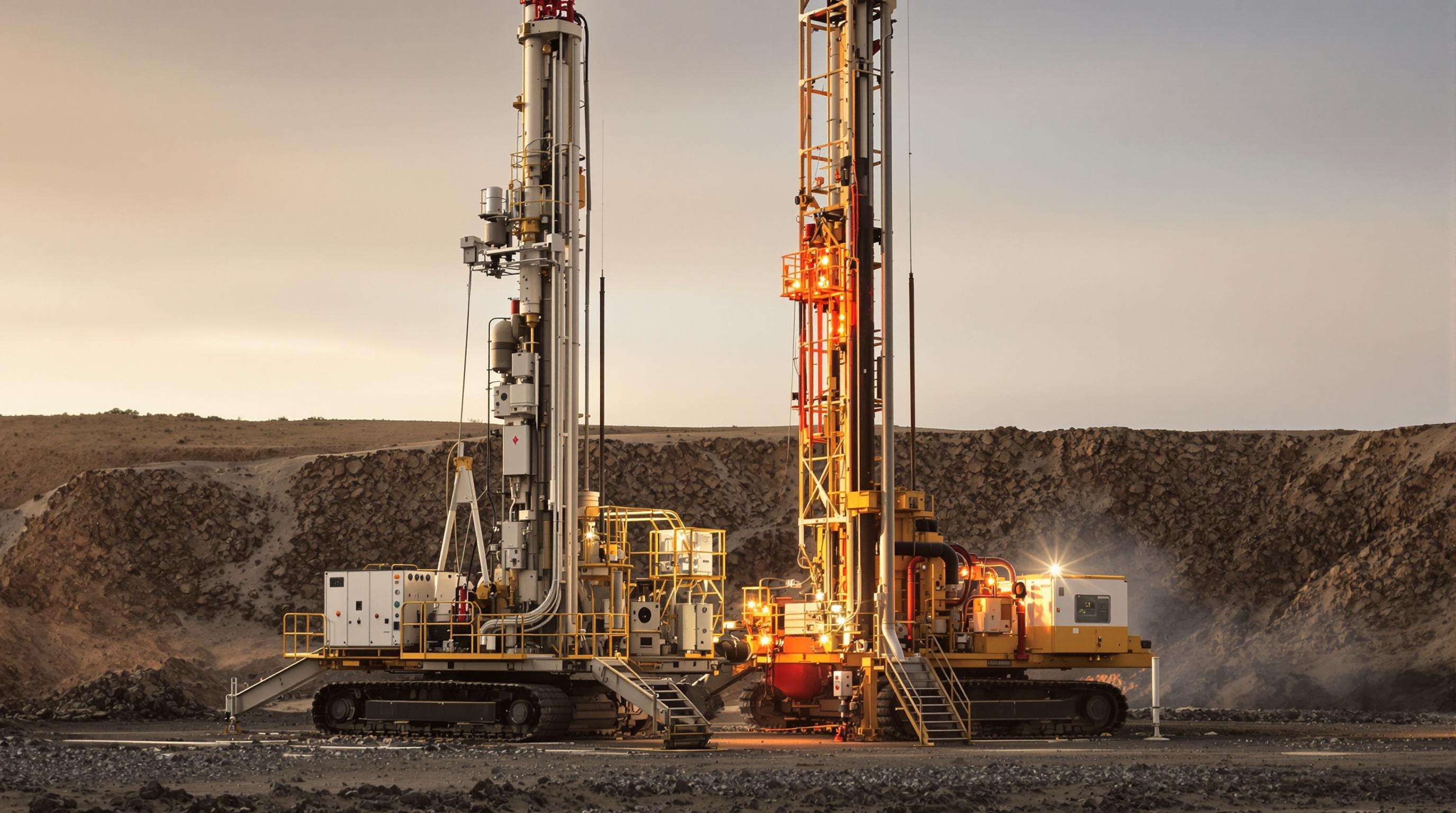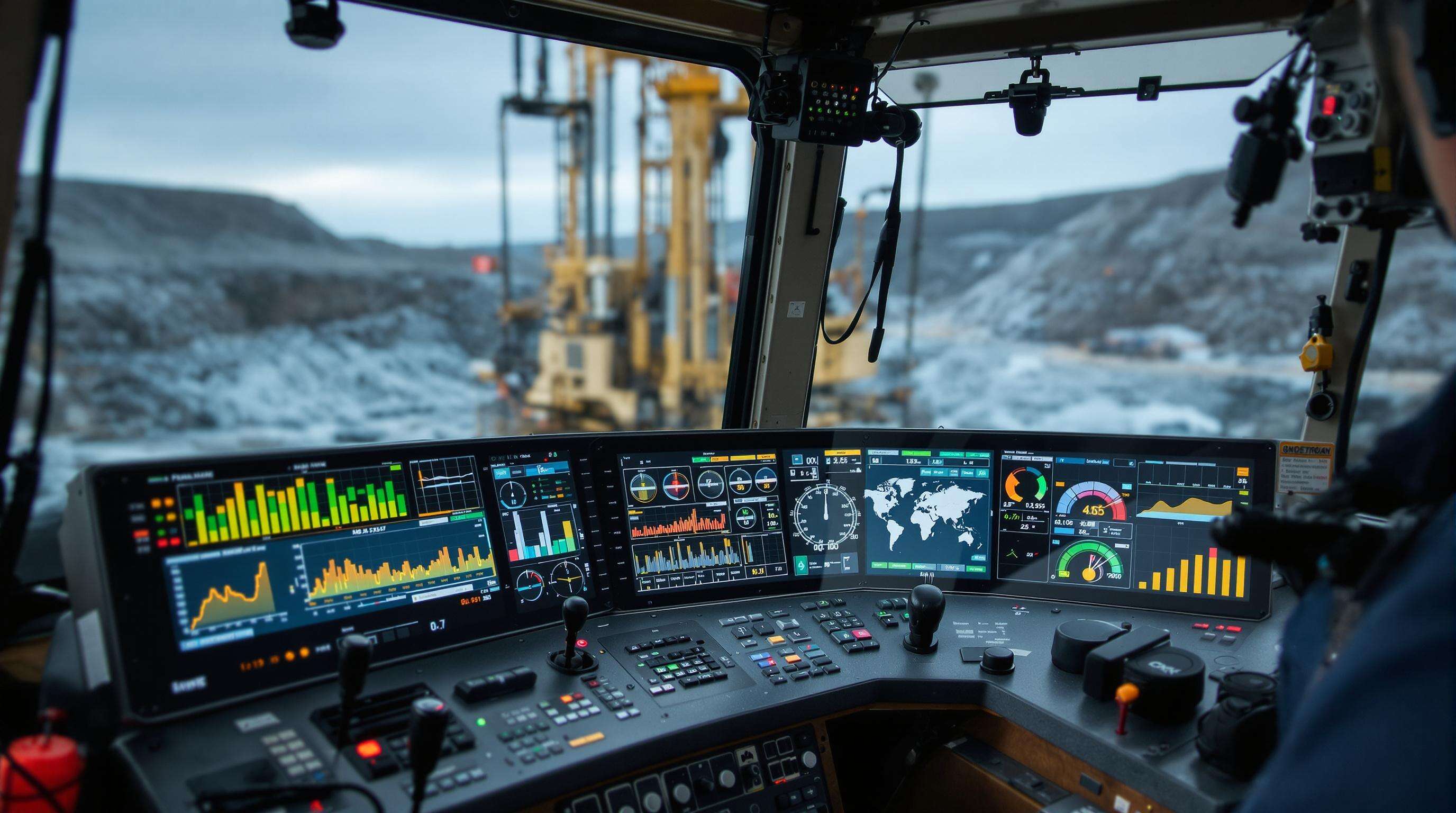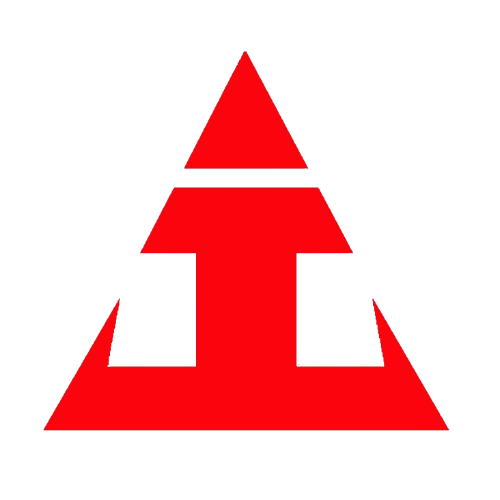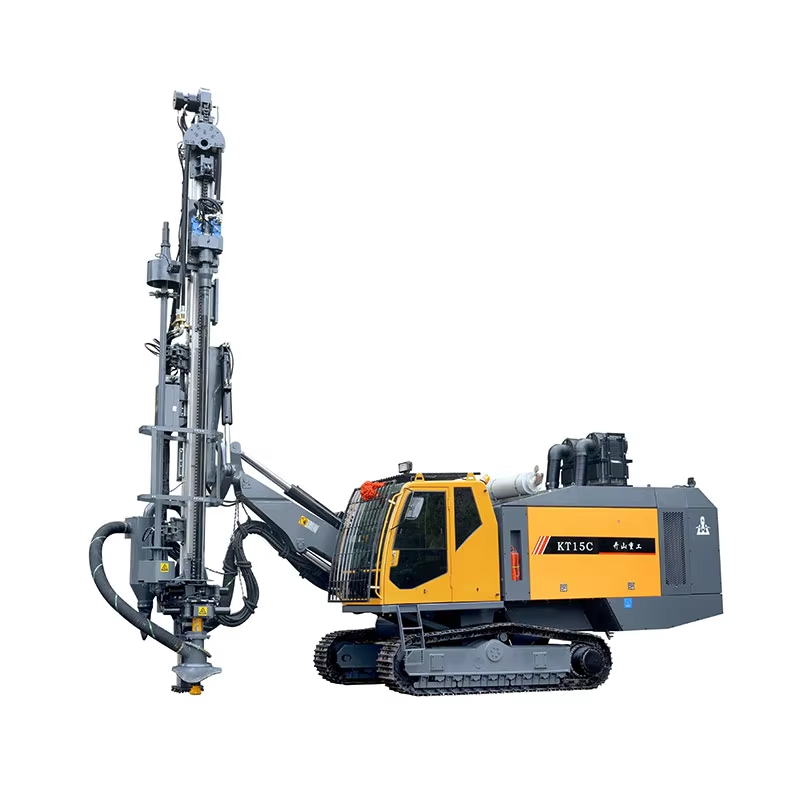Energy Efficiency Comparisons Across Power Types

Electrical DTH Drill Rig power systems show 25-40% superior energy transfer efficiency compared with hydraulic counterparts due to the absence of fluid friction losses (NEMA 2023). Although hydraulic designs achieve greater torque density—typically as high as 15 kN·m in hard rock drilling—they are less efficient, because more energy is lost as heat. Electric rigs not only save waste of energy with the help of direct-drive, but also eliminate waste of energy for organization attaching importance to sustained penetration rates.
Site-Specific Power Requirements Analysis
Power accessibility dictates drill rig selection. Remote quarry operations typically use hydraulic systems with diesel prime movers, while mine shafts and urban excavations increasingly adopt electric rigs where grid connections exist. Operators must evaluate voltage stability early—three-phase electric systems require robust transformers at isolated sites.
Operational Costs for Pneumatic DTH Systems
Pneumatic DTH drills incur 30% higher operating costs than hydraulic equivalents (IADC 2022). Air compressor maintenance alone adds $18–25/hour in wear components. For bores exceeding 200 meters, hydraulic systems offset higher initial investment through superior percussion efficiency and reduced component wear.
Optimized Hammer Design for DTH Drill Rig Performance
Impact Force Measurement Standards (IJTH/ISO 10086)
The IJTH/ISO 10086 standards establish benchmarks for measuring DTH hammer impact force, ensuring consistent evaluation under 200-350 bar pressure ranges. Compliant systems show 18-22% fewer energy losses during percussive action compared to non-certified tools.
Hard Rock vs. Soft Stratum Hammer Configurations
Hard rock drilling requires tungsten carbide buttons (6-8 per square inch) for compressive strengths above 200 MPa. Soft stratum configurations use concave bit profiles with 30-40% wider flute spacing to prevent clogging. Proper matching reduces bit replacement frequency by 50% in mixed-layer projects.
Advanced Control Systems in Modern DTH Drill Rigs
Sensor-driven automation delivers millimeter-level accuracy, with automated depth systems cutting target deviation by 68% while accelerating cycle times by 22% (Mining Magazine Intelligence 2024). This precision is critical for geothermal and mining applications requiring ±50mm tolerances.
Automated Depth Control for Precision Drilling
Downhole accelerometers and GPS synchrony maintain borehole trajectory, adjusting hammer impacts based on stratum density. This reduces collar damage by 40% and eliminates manual errors in deep-hole operations.
Real-Time Performance Monitoring Interfaces

Modern dashboards track key parameters:
| Metric | Optimization Impact | Standard Range |
|---|---|---|
| Percussion Pressure | Adjusts energy transfer | 15-25 bar |
| Rotation Torque | Prevents bit damage | 1,200-2,500 Nm |
| Penetration Rate | Flags anomalies | 1-5 m/min |
Live diagnostics slash unplanned maintenance by 35% while ensuring dust suppression compliance.
Mobility Features for DTH Drill Rig Deployment
Crawler vs. Truck-Mounted Stability Factors
Crawler-mounted rigs excel on uneven terrain with <10 psi ground pressure, while truck-mounted units offer faster relocation but require leveled surfaces. Crawlers reduce borehole deviations by 20% in inclined applications (Geotechnical Safety Review 2024). Deployment strategy should match terrain:
- Crawlers for volcanic/glacial zones
- Trucks for arid plateaus
Maintenance Systems in High-Utilization DTH Drill Rigs
Predictive Maintenance Sensor Integration
Vibration and thermal sensors predict failures 30-60 hours in advance, reducing maintenance costs by 22% through optimized part replacements (National Mining Association 2023).
Dust Suppression Compliance
Closed-loop misting systems reduce airborne particulates to <5 mg/m³ (below MSHA’s 10 mg/m³ limit), capturing 98% of cuttings in coal/limestone formations.
Operational Efficiency Metrics for DTH Drill Rigs
Foot-Pound Energy Transfer Efficiency
Optimized hammers achieve 88–92% energy transfer to the bit, improving penetration rates by 18% in granite (Atlas Copco 2023).
Noise Level Reductions in Urban Construction
Modern rigs operate at 78 dB(A)—41% quieter than older models—meeting EU Directive 2020/1828 for urban projects. Key features include frequency-modulated percussion and electric compressors.
ROI Considerations When Selecting DTH Drill Rigs
Cost-Per-Meter Drilling Analysis
CPM models quantify ROI across four components:
| Cost Component | Impact on CPM | Mitigation Strategy |
|---|---|---|
| Fuel Consumption | 40-60% | Automated idle reduction |
| Tool Replacement | 15-25% | Predictive monitoring |
Advanced rigs reduce fuel costs by 18-22% and extend bit life by 30-50%, yielding 12-18 month payback periods.
FAQ Section
What are the main differences between hydraulic and electric DTH drill rigs?
Hydraulic drill rigs generally offer higher torque densities, but electric rigs are more energy efficient with superior direct-drive systems that minimize energy losses.
How does site location affect the choice of DTH drill rigs?
Site location dictates power accessibility which influences the choice between hydraulic systems in remote quarries and electric systems in urban or mine shaft settings with grid connections.
What are the key metrics tracked in modern DTH drill rigs?
Key metrics include percussion pressure, rotation torque, penetration rate, all monitored in real-time to improve operational efficiency and reduce maintenance costs.
How do predictive maintenance systems benefit DTH drill rigs?
Predictive maintenance systems use sensors to anticipate failures well in advance, thus reducing maintenance costs and unplanned downtime.
Table of Contents
- Energy Efficiency Comparisons Across Power Types
- Site-Specific Power Requirements Analysis
- Operational Costs for Pneumatic DTH Systems
- Optimized Hammer Design for DTH Drill Rig Performance
- Impact Force Measurement Standards (IJTH/ISO 10086)
- Hard Rock vs. Soft Stratum Hammer Configurations
- Advanced Control Systems in Modern DTH Drill Rigs
- Automated Depth Control for Precision Drilling
- Real-Time Performance Monitoring Interfaces
- Mobility Features for DTH Drill Rig Deployment
- Crawler vs. Truck-Mounted Stability Factors
- Maintenance Systems in High-Utilization DTH Drill Rigs
- Predictive Maintenance Sensor Integration
- Dust Suppression Compliance
- Operational Efficiency Metrics for DTH Drill Rigs
- Foot-Pound Energy Transfer Efficiency
- Noise Level Reductions in Urban Construction
- ROI Considerations When Selecting DTH Drill Rigs
- Cost-Per-Meter Drilling Analysis
- FAQ Section

